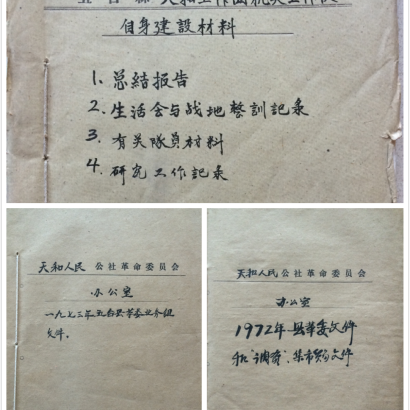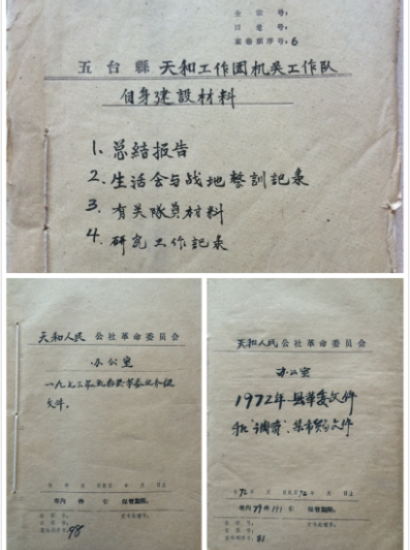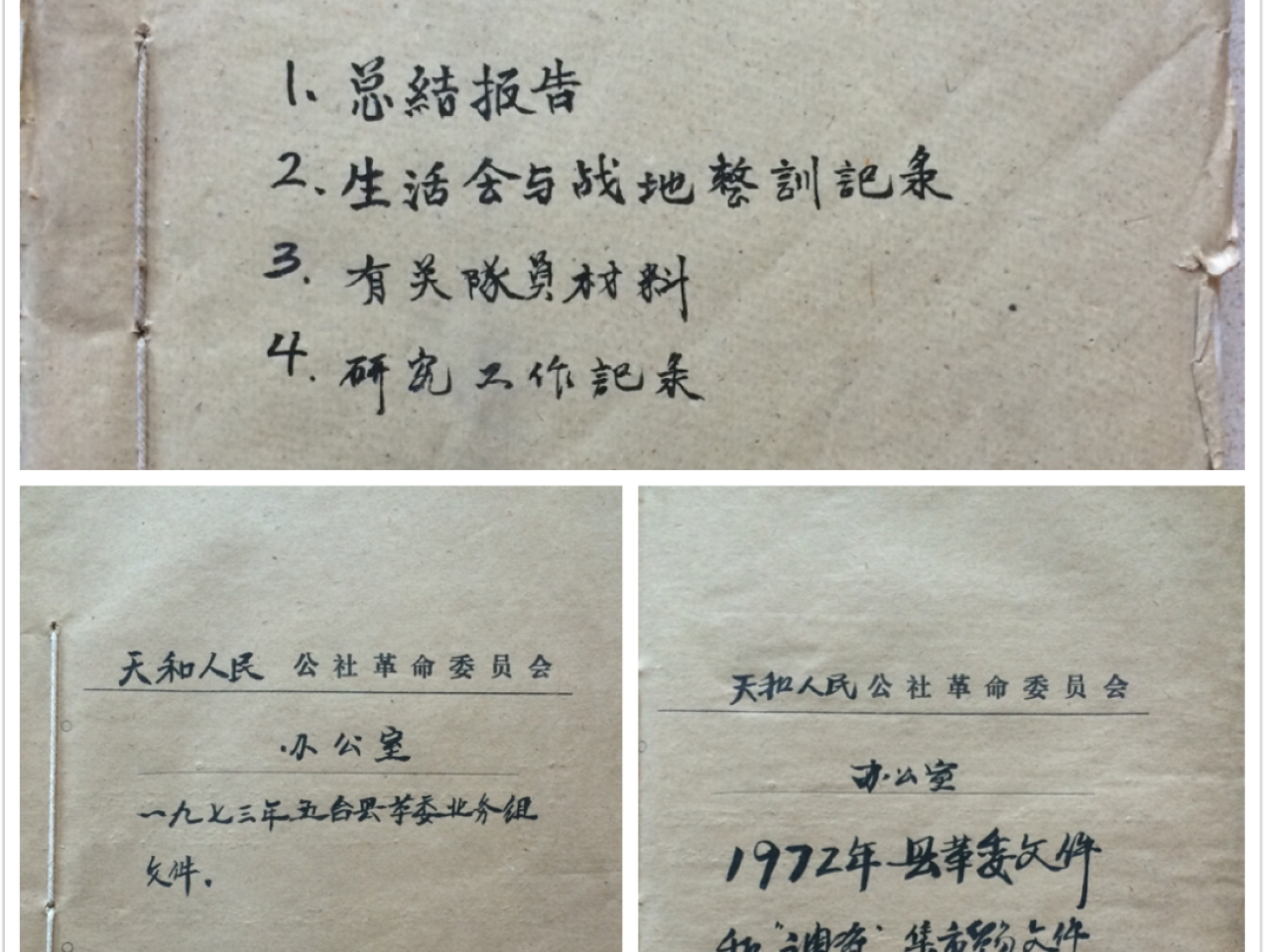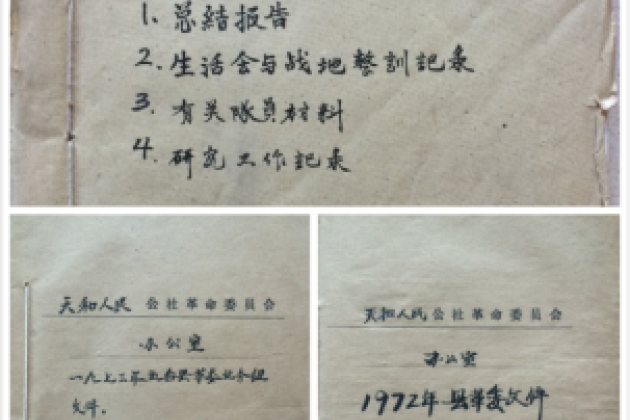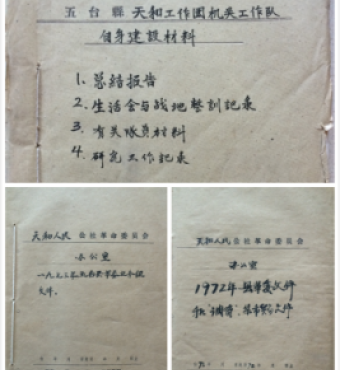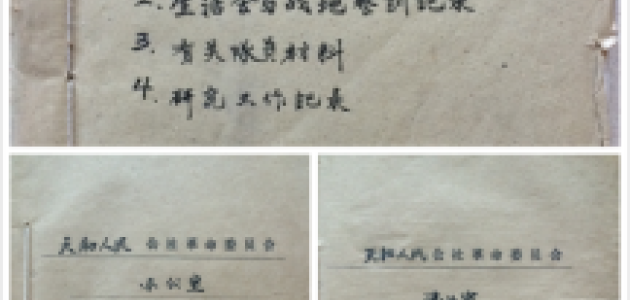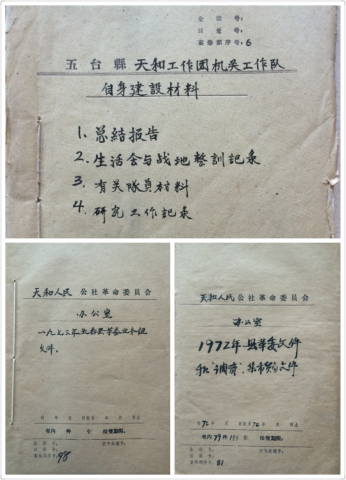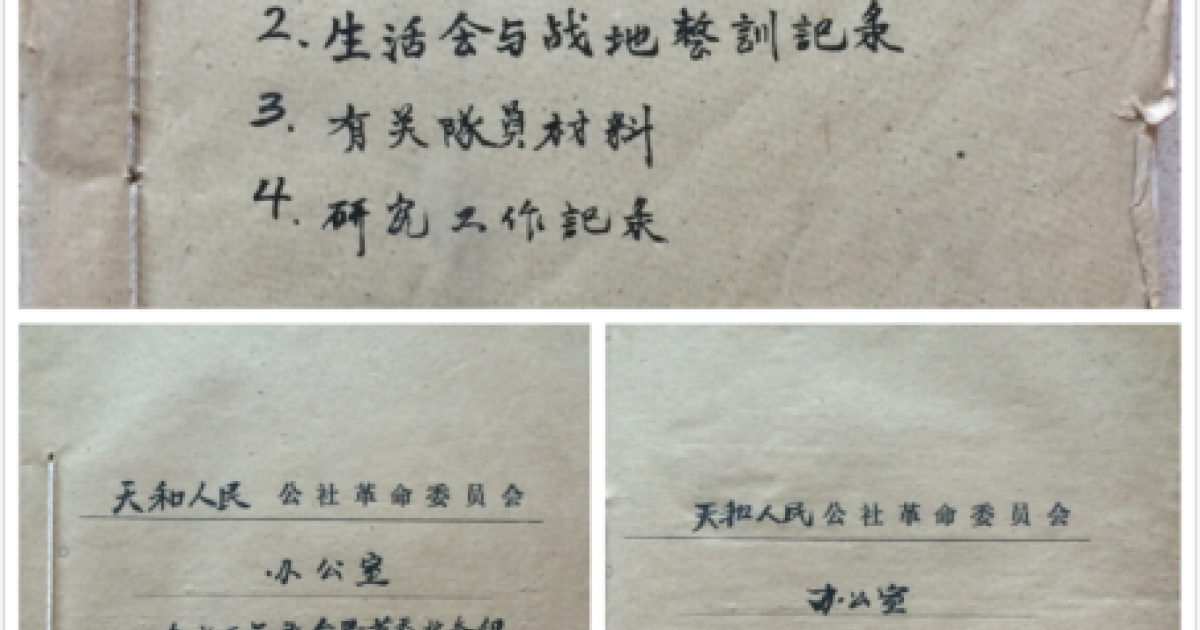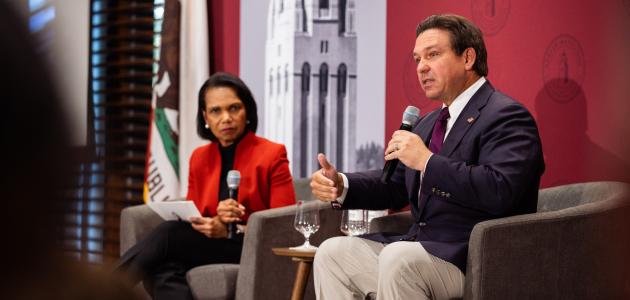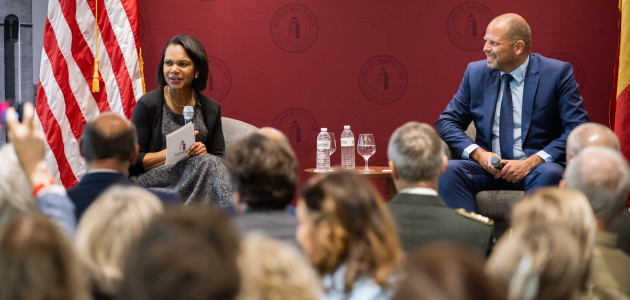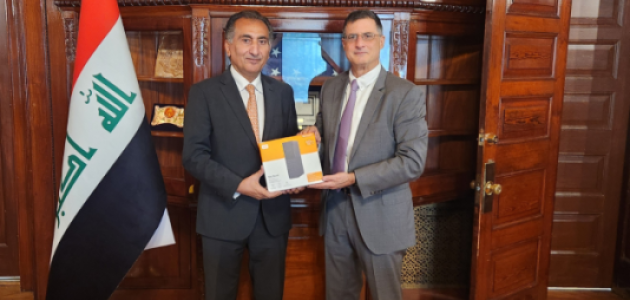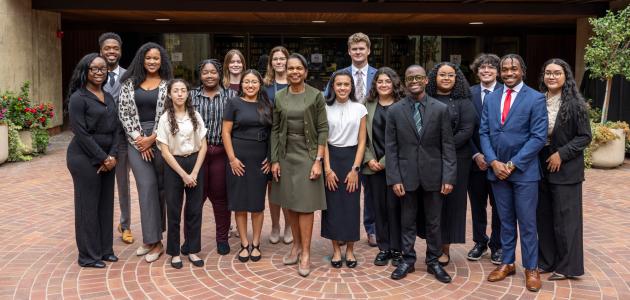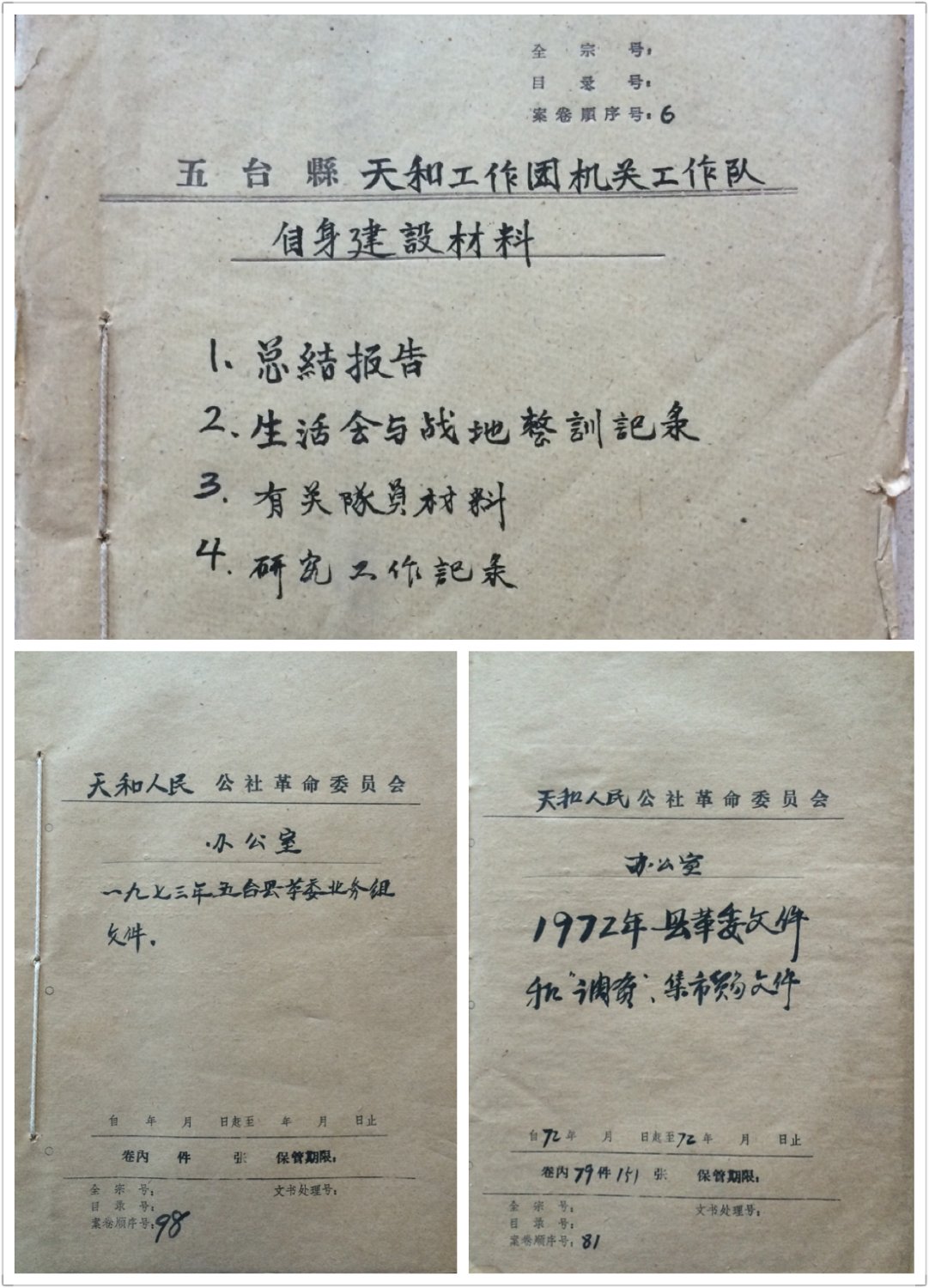
For the quarter of a century since the People’s Republic of China was declared in 1949, collectivism was a prominent feature in China’s vast rural areas. In 1958, Mao Zedong launched the Great Leap Forward to boost China’s rate of economic expansion, particularly in agriculture. To direct and manage the many rural activities that sprang up under the Great Leap Forward, Mao instructed that a People’s Commune be set up to meet the new needs. By the early 1960s, nearly 99 percent of China’s rural population had joined the commune. Until the early 1980s, the People’s Commune was the work unit for agricultural production as well as a lower-level administrative mechanism in rural China.
The historical materials that Hoover has recently been added to the Communist Chinese Political Movement Collection concern the People’s Commune in North China. Those materials, covering the period from the late 1950s to the early 1970s, reveal the commune development in that part of China, including local political movements, agricultural productivity, disaster rescue and relief, marriage and cultural lives, and the commune’s rudimentary judicial activities. They also provide important firsthand source materials to deepen our understanding of the commune system and rural collectivism in post-1949 China, including how that system paved the way for the penetration of major political movements from the top down, notably the Chinese Cultural Revolution.




